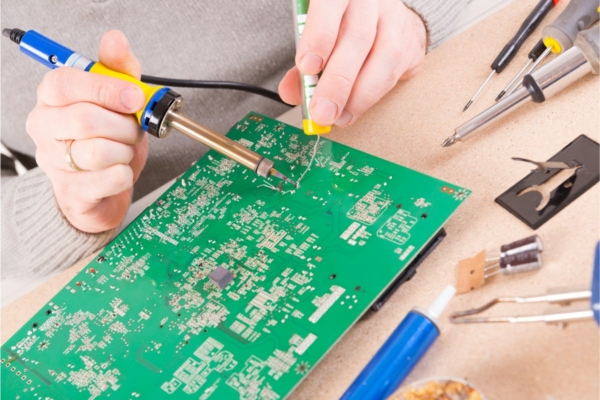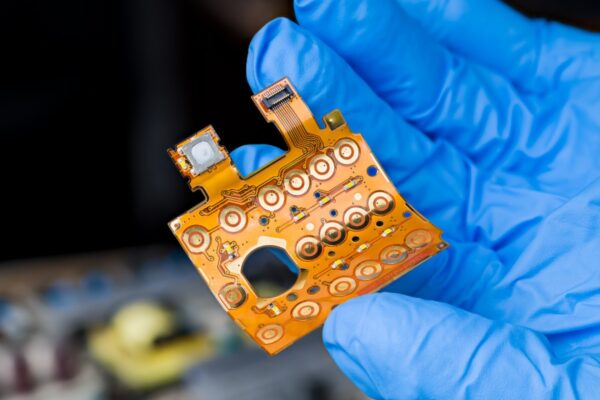What is HASL Finish
HASL Finish, short for Hot Air Solder Leveling Finish, is a commonly used surface finish that involves immersing the circuit boards in a bath of molten solder, which covers the exposed copper surfaces. The excess solder is then removed, and the PCB is leveled using a hot air knife. The primary purpose of HASL Finish is to provide a solderable surface for the PCB’s components.
There are two types of HASL finishes: lead-based HASL and lead-free HASL. The lead-based HASL process is the conventional method, where molten solder containing lead is used. This results in a brighter appearance of the surface finish on the PCB. On the other hand, the lead-free HASL process is a newer alternative that does not contain lead. Instead, it utilizes an alloy with a tin-silver or tin-copper combination. The lead-free HASL finish offers high reliability, particularly in high-temperature and humidity conditions.
While HASL finishes have been widely used in the past, they are gradually being replaced by other lead-free surface finishes in the PCB industry. Examples of these alternative finishes include Electroless Nickel Immersion Gold (ENIG) and Immersion Tin, which are considered highly reliable and environmentally friendly.





